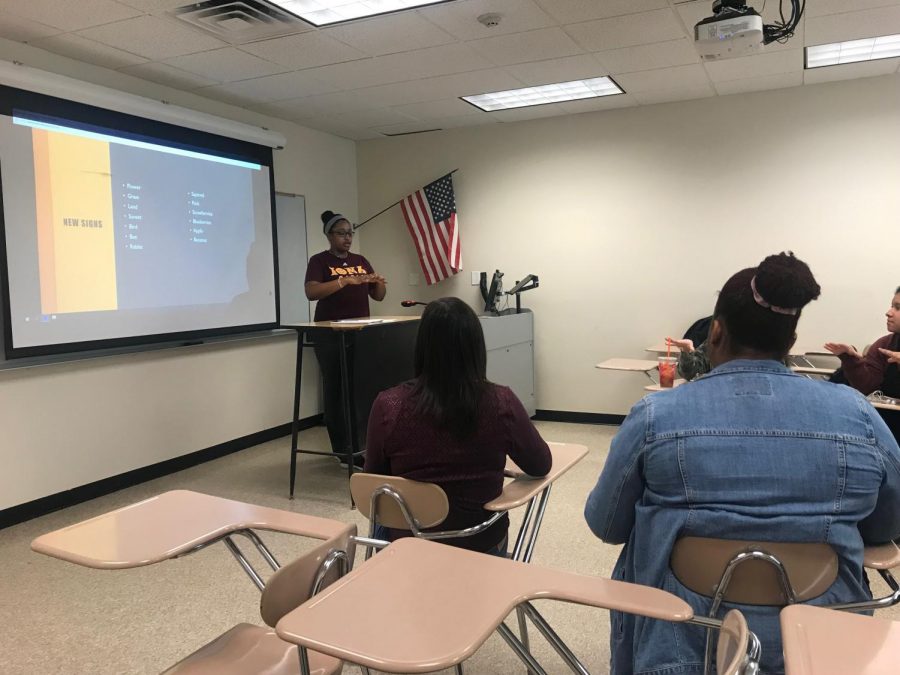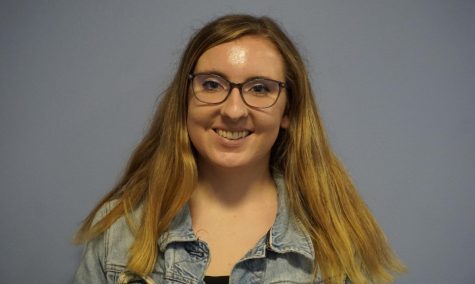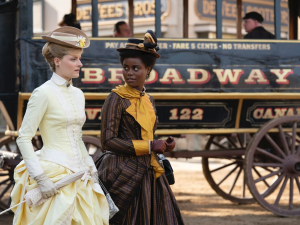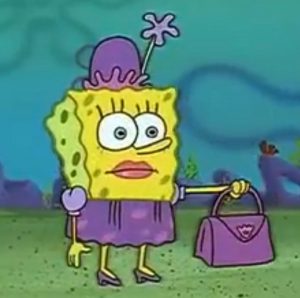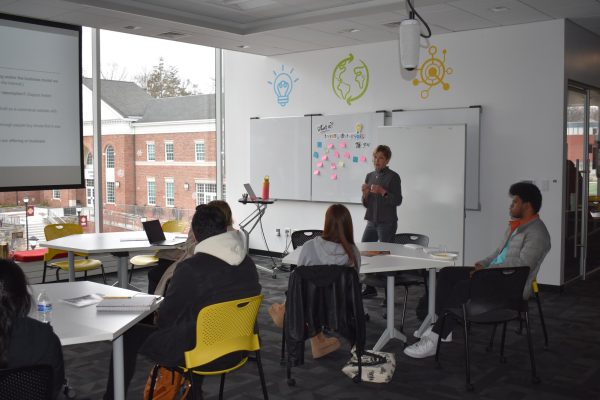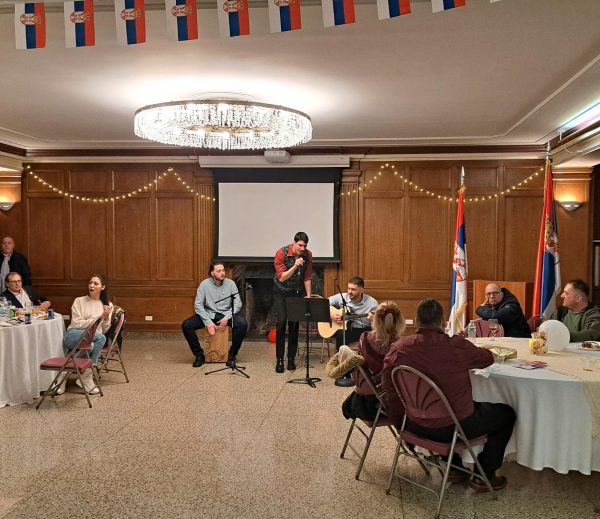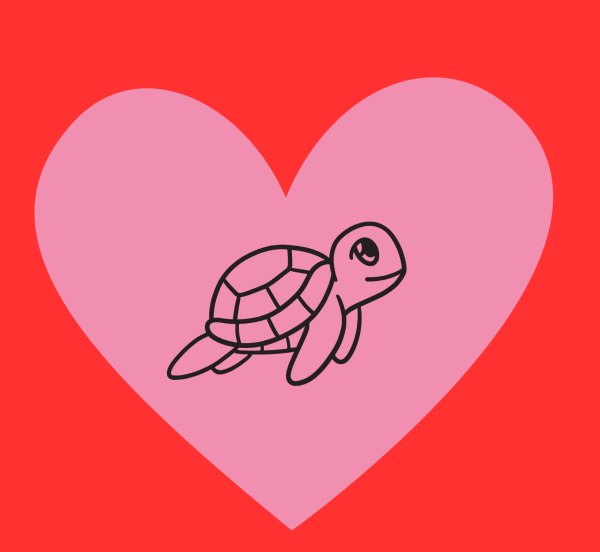American Sign Language Club returns to campus, aims to raise awareness for deaf, hard of hearing
American Sign Language Club members learn and practice a series of new signs to practice during a meeting.
February 28, 2019
Every semester there is a scramble for students to sign up for the more popular classes on campus. One such class is American Sign Language, with the course filling up almost every semester. As a mostly hearing campus, the interest in learning ASL is popular. What students may not know, however, is there is another opportunity for students to learn American Sign Language and the culture surrounding the language.
The American Sign Language Club has resurged this semester, spreading awareness for their organization by word of mouth. ASL Club President Nicole Genser has worked to get the club off the ground this year, seeking official club status from the Student Government Association.
“I have always had an interest in learning ASL, both professionally as an aspiring audiologist and personally as someone who is hard of hearing,” Genser said. “Educating people about ASL and Deaf Culture, while also learning from others and while being the advocate that I want to be, gives me much to be fond of, proud of and incredibly fulfilled by.”
Students may have seen the club selling cookies in the shape of the ASL sign for “I love you” for Valentine’s Day, selling stickers to raise awareness for the club, or performing the National Anthem in sign language at one of the Iona College men’s basketball games earlier this year.
“Our sticker sale did really well on campus,” Genser said. “We wanted to pursue a unique way of getting our name out there and of starting our spread of ASL awareness. Seeing others around campus getting excited about ASL and sporting our stickers around campus is so rewarding.”
The group has anywhere from five to 25 students at each club meeting. At each meeting, club members are introduced to new signs, practice what they’ve learned already and go over highlights from the sign language community over the past week.
“I like that [ASL Club is] a very diverse group of girls and guys,” sophomore Julie Stohr, an ASL Club member, said. “It is people with all different majors and it kind of shows that like it’s something that anyone can learn and pick up and do. I think it’s beneficial to learn about that population…I feel like we don’t talk enough about people with hearing loss or people that are deaf, [or try] to make things more accessible for them.”
Speech Pathology graduate student Serena Butler is the Vice President of Instruction on the ASL Club executive board. She puts together the list of new ASL signs to teach the club members during the meetings and helps them review what they have learned previously.
Butler believes that learning sign language can help bridge the gap in awareness of an entire population of people living in the United States.
“I think it’s important that people are aware that speaking orally is not the only form of communication that’s out there,” Butler said. “There’s a very large population that uses sign language, [and] not necessarily all of them are deaf or hard of hearing. I think it’s just important to let people know that this is another language that’s very heavily used in America and we should be aware of that and people who do use it.”
The club has been in flux as it has worked to get official status as a club on campus, self-financing through their bake sales and activities on campus. Dr. Michelle Veyvoda, a Speech Communication Studies professor and the ASL Club faculty advisor, noted how important the club’s activities are on a mostly hearing campus.
“I think we don’t often think of either hearing loss or disabilities or different communications modes as a type of diversity, but it really is,” Veyvoda said. “So the more visible this kind of communication minority is, like people who communicate through sign language, that [shows] there’s a representation of that population on this campus.”
Veyvoda has been the advisor since the suggestion of the club was originally made and is pleased with the steps the executive board has made to become officially recognized on campus.
“I love that the club exists…as an advisor or a moderator, there’s only so much I can do,” Veyvoda said. “I’m here to support the students, but I can’t actually start the club by myself. Students have to start it. It was kind of like just waiting for the right student to come along.”
Genser says the club has several goals it wants to achieve in the near and distant future.
“Our short-term goal would be to acquire active club status and recognition from the college,” Genser said. “Our long-term goal, and main priority, is just to continue spreading the joy of American Sign Language to club members, and campus-wide, in whatever ways we can. It really is thanks to the dedication of our club members, the work of the e-board and the support of our adviser that motivated the ASL Club to achieve where we are at. I never imagined us being where we are at this point so I cannot begin to imagine what amazing things we will do next.”
American Sign Language Club meetings are held every other Thursday from 12 p.m. to 1 p.m. in Spellman Hall, Room 106A. Contact Nicole Genser at [email protected] more information.




